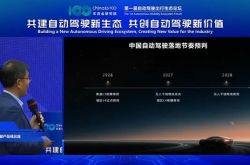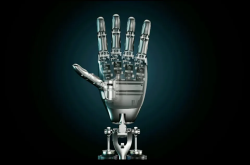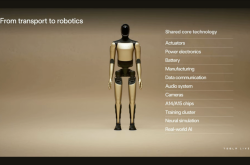Hidden in the financial report, an unknown ZTE
![]() 03/04 2025
03/04 2025
![]() 467
467
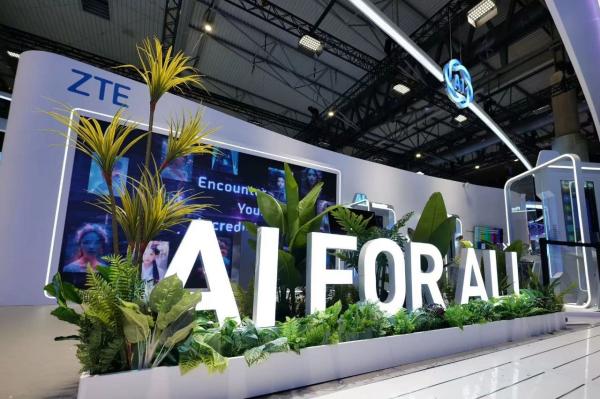
Rewriting industry rules at the AI table.
Author | Huashang Taolue Zhang Jingbo
In the early spring of Shenzhen, a silent revolution is taking place in the ZTE laboratory.
The intelligent computing cluster processes trillions of parameters, and the Nebula large model continues to evolve... Without the spotlight of a press conference, this traditional communication giant has made a gorgeous turn quietly.
When everyone is focusing on the intelligent computing industry, it stirs up the chessboard with black pieces.
[From 5G Gatekeeper to Anchoring Connectivity + Computing Power]
This is a financial report that seems calm but with undercurrents.
On the last day of February 2025, ZTE released its latest financial report: In 2024, the company achieved revenue of 121.3 billion yuan and net profit attributable to shareholders of listed companies of 8.42 billion yuan.
As 5G network construction enters a mature stage, global communication equipment manufacturers are facing the challenge of slowing revenue growth. ZTE is no exception, and the company's overall revenue is therefore under pressure.
But a deep dive into this financial report reveals a profound transformation behind the numbers:
While traditional operator business has declined year-on-year, the company's government and enterprise and consumer businesses have achieved rapid growth. Among them, domestic government and enterprise business increased by nearly 60% year-on-year, and mobile phone product revenue increased by more than 40% year-on-year.
The combined revenue of government and enterprise and consumer businesses accounted for 42%, becoming the company's new growth engine.
The reason why government and enterprise and consumer businesses have grown rapidly in ZTE's total revenue, from 26.6% in 2019 to 42% today, lies in the following:
Due to adjustments in industry investment structure in recent years, ZTE has proactively sought change, actively promoting business transformation while maintaining a stable market structure, and initial results have been achieved. To a certain extent, this also indicates that ZTE has jumped out of the mindset of traditional communication equipment manufacturers and actively embraced the intelligent computing industry!
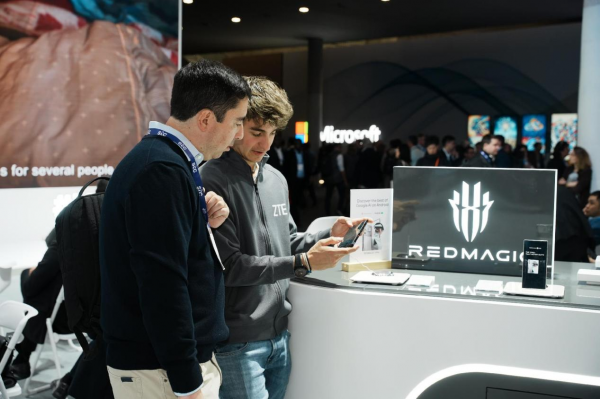
In the past five years, a new round of AI revolution has erupted globally, and the investment focus of the entire society, including the three major operators, has gradually shifted to emerging fields such as AI and computing power networks.
Internet companies have also begun to increase investment in computing power, algorithms, and data.
ZTE seized the opportunity to shift from its previous full-connectivity business to connectivity + AI, building up full-stack AI capabilities covering chips, servers, large models, and terminals.
Just when you think it's still the traditional communication equipment manufacturer it used to be, ZTE has made a gorgeous turn quietly.
In the field of computing power, the company continues to strengthen the research and development of basic products related to intelligent computing, continuously deploys servers, and successfully enters the top tier.
Especially in the telecommunications market, its servers have maintained the first position with a market share of over 23% in the past three years.
Faced with the complexity of large model deployment, ZTE has launched the AiCube training and inference all-in-one machine, breaking down the barriers of traditional deployment and accelerating the application of DeepSeek.
In addition, ZTE's self-developed Nebula large model covers basic large models and large models in R&D, communications, and industries, helping the digitalization and intelligent transformation of government and enterprises.
In the terminal field, ZTE focuses on AI mobile phones, and Nubia Z70 Ultra has become one of the world's first mobile phones to access DeepSeek-R1.
This series of layouts, which are sufficient to change many people's perceptions, have gradually transformed ZTE from a 5G gatekeeper in the past to an explorer in the AI era.
In response, many institutions have given positive evaluations.
China Merchants Securities and Minsheng Securities believe that the company has fully embraced AI, and the results of its business transformation are significant. Guojin Securities has directly given a buy rating.
[Second Curve Strategy: Computing Power Supports Half of the Territory]
The transformation of ZTE began many years ago.
After decades of development in the global communication equipment market, the market structure has been established.
Facing the ceiling of traditional operator business growth, ZTE proposed a new positioning as a "digital economy road builder" in 2020 and began to lay out the "connectivity + computing power" strategy in recent years.
From 2019 to 2024, ZTE adhered to technological innovation, with a total of 117.07 billion yuan invested in research and development over six years.
This intensive investment has ultimately resulted in ZTE's full-stack AI capabilities ranging from chips, databases, operating systems to servers and platforms.
For example, in the chip field, ZTE has independently developed the Dinghai ASIC chip, which can be used for AI training and inference. In the database field, ZTE has independently developed the GolderDB distributed database.
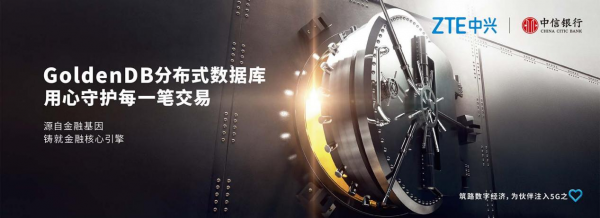
If it weren't for reading research reports, it would be hard to imagine that besides Huawei, there is another Chinese enterprise with such deep accumulations in root technology fields.
This full-stack AI capability also enables ZTE to participate extensively in the creation of a diversified domestic computing power ecosystem.
In the country's enthusiastic thousands and tens of thousands of card clusters and the large-scale new infrastructure of East Data to West Computation, ZTE can be seen everywhere.
For example, Alibaba Cloud, as a leading domestic cloud vendor, has conducted in-depth cooperation with ZTE in the fields of databases and AI hardware.
And in the intelligent computing and storage market of telecommunication operators, ZTE is even the main force.
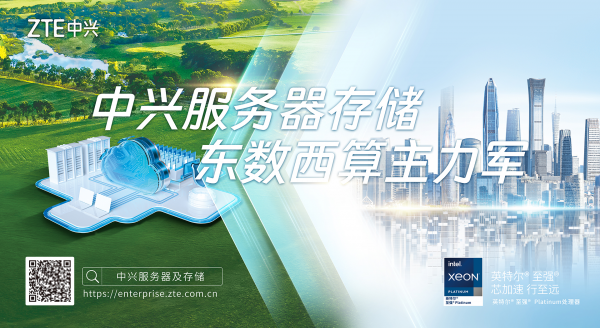
In addition to computing power infrastructure, ZTE has also built the AI Booster training and inference platform.
This platform can provide flexible scheduling of diverse computing power, support the efficient deployment of DeepSeek, and significantly reduce the migration cost of large models.
ZTE is not only reconstructing traditional to B businesses with AI but also rewriting the full-scenario intelligent ecosystem of terminals with AI.
In the wave of terminal AI, ZTE has taken the lead in deploying a full range of multi-form AI terminals.
In addition to launching the world's first mobile phones to access DeepSeek-R1, ZTE has been the global leader in the home terminal product market for four consecutive years, with annual shipments exceeding 100 million.
Furthermore, it has launched multiple innovative terminals in fields such as glasses-free 3D technology.
Especially in the field of automotive intelligence, ZTE cooperates with leading automakers in areas such as chips, automotive operating systems, and modules.
Currently, the NewPoint automotive operating system has formed mass production and cooperation verification with domestic leading automakers such as Changan, GAC, BYD, and FAW.
Under the unfavorable environment of peaking traditional operator business, ZTE has made timely adjustments.
In the past few years, this ICT veteran has continuously accelerated its business transformation, using computing power to support half of the territory and opening up a second growth curve.
[Future Battle: Rewriting Industry Rules at the AI Table]
The layout of the intelligent computing industry is not just to find a second growth curve.
Over the past 40 years, the reason why ZTE has grown from a small processing factory to a globally leading ICT enterprise through the continuous efforts of several generations is its courage to innovate and break through.
The technology industry is a cruel battlefield. With the constant iteration of technology, any slack may lead to elimination overnight.
There is no way back when navigating the huge waves of technology; one can only ride the waves upwards.
This is the experience summarized by ZTE over the past 40 years.
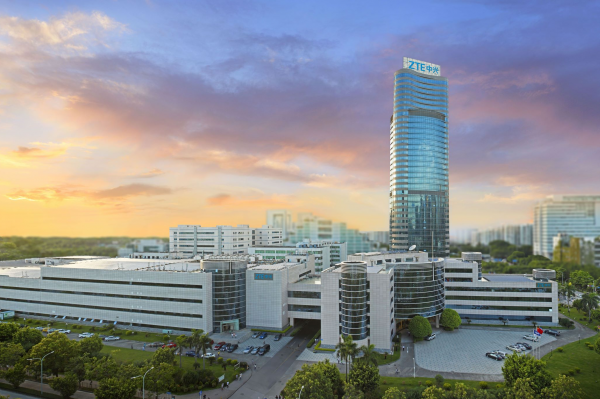
As networks, computing power, terminals, and intelligence accelerate their integration, the ICT industry is making a leap towards ubiquitous intelligence. The entire industry has reached a critical crossroads while also nurturing tremendous opportunities.
The rise of the AI industry has triggered a new wave of ICT infrastructure construction.
According to forecasts by relevant institutions:
In the next three years, the three major operators will invest 100 billion yuan in the AI field, and the investment scale of leading internet companies will exceed 500 billion yuan.
Especially after DeepSeek promotes the popularization of large models, the demand for AI computing power in the entire society has surged unprecedentedly.
The evolution of AI technology and the deepening of AI applications will not only promote the construction of intelligent computing centers and the growth of consumer business volume but also drive the growth of network construction.
This is the main engine driving the growth of the ICT industry in the next 3-5 years.
The three major operators, internet leaders such as Alibaba and ByteDance, as well as a large number of industry customers, have had close business dealings with ZTE in the past.
In the future, there will be more intersections in the intelligent computing industry, bringing unprecedented imagination space for ZTE's business growth.
ZTE, which has made early layouts, is rewriting industry rules at the AI table.
——END——
Welcome to follow [Huashang Taolue], recognizing influential figures and reading tales of strategy.
All rights reserved. No unauthorized reprinting allowed
Some images are sourced from the internet
If infringement is involved, please contact us for deletion

